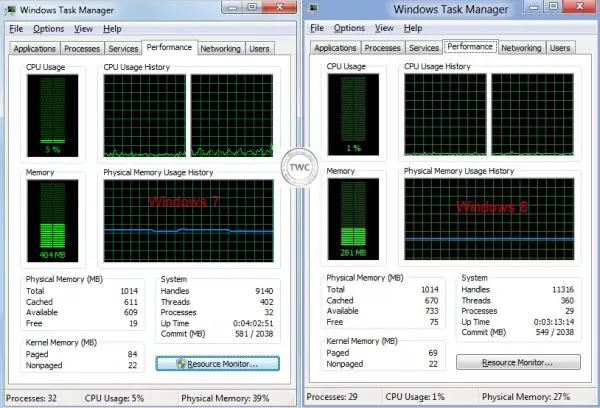Microsoft has made several changes to the way Services run in Windows OS. Windows OS services configured to run all the time are a significant source of ambient memory use. Microsoft has removed 13 services which used to start automatically in Windows 7 and moved them to a “manual” start in Windows 10/8.
Windows Service – Start on Demand
Moreover, some of the “always running” services have also been moved to a new “Start on Demand” model. These services will now start only when an event triggers its commencement. The trigger could be a device arrival or the availability of a network address.
Such triggers will cause the following to occur:
- The service starts.
- The service does its thing
- It hangs around for a while to make sure there isn’t anything else to do, and
- The service goes away.
Services like Plug and Play, Windows Update, and the user-mode driver framework service are all trigger-started, where these services were always running.
Microsoft has also added a new set of functionalities to Windows. Some of this new functionality is packaged in the form of new services. Of these new services, two are auto-started; all others are manual or trigger-started.
All this will help in reducing the runtime memory in Windows. You can see the memory usage pattern for each in the Task Manager.
This post explains what Automatic (Trigger Start) and Manual (Trigger Start) means for Windows Services.

These triggered services aren’t new for Windows 8 but were introduced in Windows 7 already http://msdn.microsoft.com/en-us/windows/hardware/gg463428